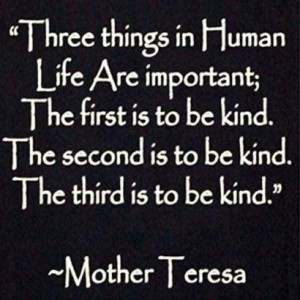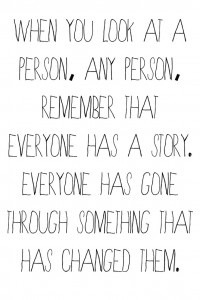Kindness is all about being of good to those that cross our path in life including people, animals, situations and the earth itself. When I think kindness I imagine showing care for the welfare of others as much as I care about myself without expecting anything in return. It is a way of copying what the universe does for us, providing air to breathe with nothing asked in return.
As parents who know that if our children grow up with kindness as a core virtue in their life that they will benefit and so will all that cross their path. In fact, some have stated that kindness is the greatest method of self-defense known to man. What does it look like in our day to day life?
Kindness at home embodies other virtues like helpfulness, caring, courtesy and responsibility. When we help each other with household chores, we are showing compassion. When we care for the needs of each other with courteous words, we honor the value of each person.
Kindness at school or for adults at work the simple gestures of holding the door for others, inviting new students or workmates to eat lunch together or supporting each other on projects is showing kindness.
Kindness in our community can be shown by helping out a neighbor, picking up trash or showing appreciation for animals by feeding birds in the winter. There are many simple ways of showing kindness in all aspects of our life. However, we find ourselves so busy and sometimes absorbed in our world, it is best for us to be purposeful about our practice.
From a parents point of view, our purposefully speaking about kindness, role modeling kindness and inviting the participation in kind acts with our children will build in them the desire and practice of thinking kindness and looking for ways to help others.





